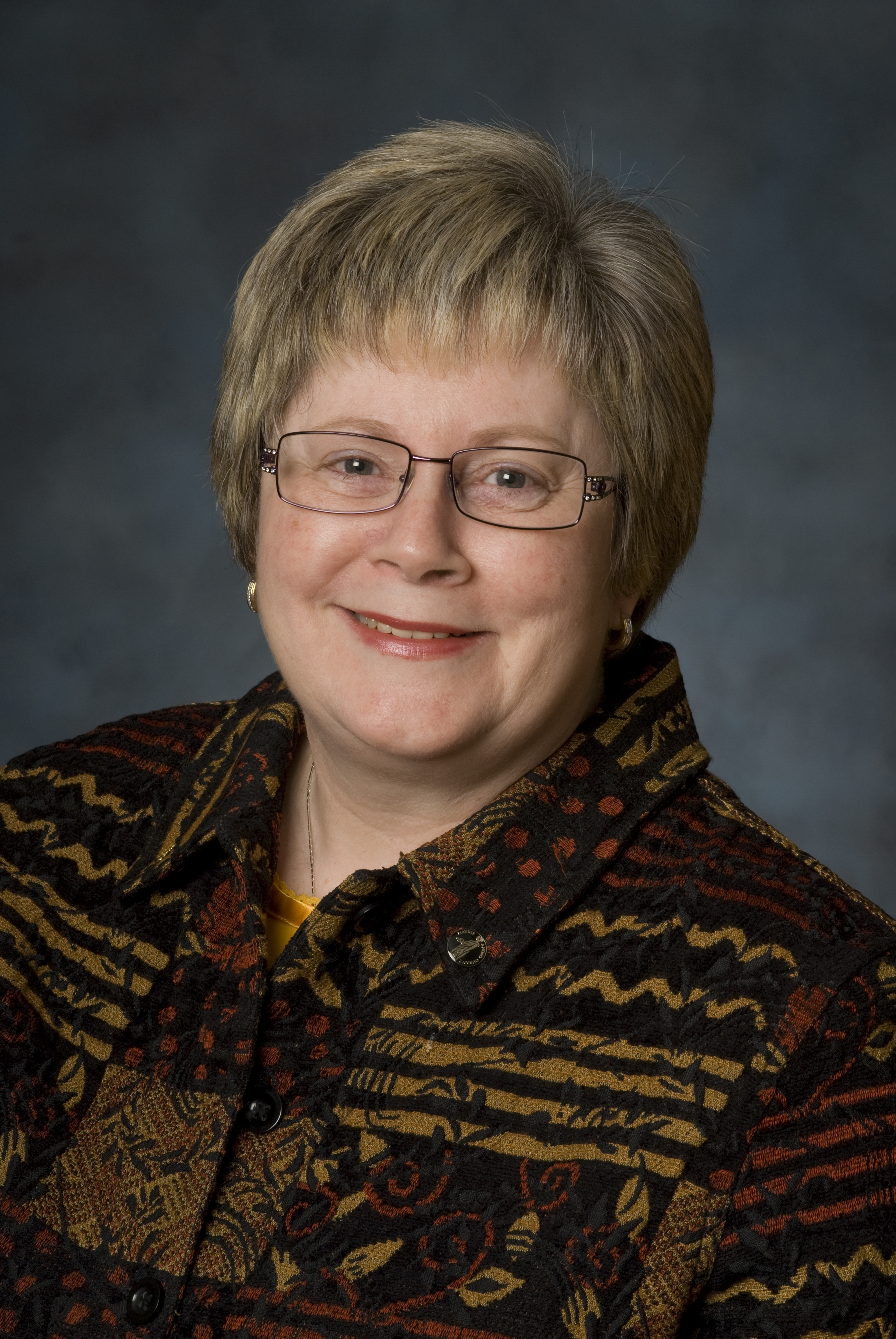You’re talking, I’m listening

I have recently begun my travels around this beautiful province in an effort to meet with as many physicians as I can. At the outset of my presidency, my first priority was to begin the tough road of rebuilding member confidence in our Association. That road began in September when I traveled to the Kootenays, the Okanagan, and Kamloops—areas covered by Interior Health. When you read this I will have also traveled to the Peace Country, Victoria, and some areas of the Lower Mainland.
My objective at these meetings with physicians is to talk a little about what the BCMA is doing, but mostly I want to hear from you—to discuss your concerns and understand your issues so that I can take that information back to the BCMA, identify the running themes, and formulate a strategy and action plan to resolve your concerns.
Physician turnout for these meetings has been small for the most part, but there have been a wide range of topics raised by attendees. Some regions have had more specialists show up, and others more family doctors, but there has always been a healthy mix of both.
I have been very pleased to note the presence of our anesthesiology colleagues at these meetings. I have to admit, I have been unclear on some physicians’ claims that the BCMA does not support or represent them or their specialty, and I truly want to understand what that means.
Doctors—never shy about expressing their views—have been very forthcoming, and I appreciate that. Great discussions have resulted from physicians getting down to the nitty-gritty and sharing their honest views about issues like physician trust in the Association, the relationship physicians have with their health authority, the resources available for patient care, remuneration and disparity, physician supply, downtime, EMRs, RVG, on call, and rural concerns.
One of the common themes I’ve heard so far is that the number of physicians working in BC is not meeting the needs of physicians or patients. While I’ve spoken broadly to the media about how some regions are short on family doctors and other regions are short on cardiac surgeons, dermatologists, or radiologists, it’s eye-opening to come into the region and speak one on one with doctors who experience these shortages first hand. I now have a better understanding of the difficulty you have in providing optimum care to your patients, the frustrating relationship some of you may have with your health authority, and the shortage of acute care beds creating an overflow in the ED.
During these no-holds-barred discussions I am made acutely aware of the level of frustration you encounter on an almost daily basis. I realize that not all physicians share these deep frustrations—I think it’s fair to presume that if you are relatively happy in your practice, you might be less likely to attend these meetings, feeling that you have little to share. If you are satisfied and happy in your work environment, you may consider these meetings futile. But for those of you who are dissatisfied, your message is being heard. I have a far better understanding of your frustrations than I did at the beginning of the president’s tour, and I am in a better position to help find solutions.
I listened to you. I heard you. I will continue to listen to you in my travels to other parts of the province, and I may revisit some regions with the goal of speaking with even more physicians. I thank every one of you for giving up an evening and attending these meetings. Having heard your stories in person, I will be able to speak publicly about physician issues not just from my brain, but from my heart as well.
I look forward to the upcoming meetings around the province. Please keep an eye out for the notices and attend if you have the time. I also hope you will speak with Dr Sam Bugis, the BCMA’s executive director of external affairs, as he reaches out to speak with physicians and their sections. He is very interested in learning more about your issues in order to find solutions.
The BCMA is committed to representing all doctors in a fair, balanced, and respectful way, and I believe in helping doctors work together for the good of us all. My visits to your region and my genuine commitment to hearing what you have to say will help us create solutions.
—Shelley Ross, MD
BCMA President
